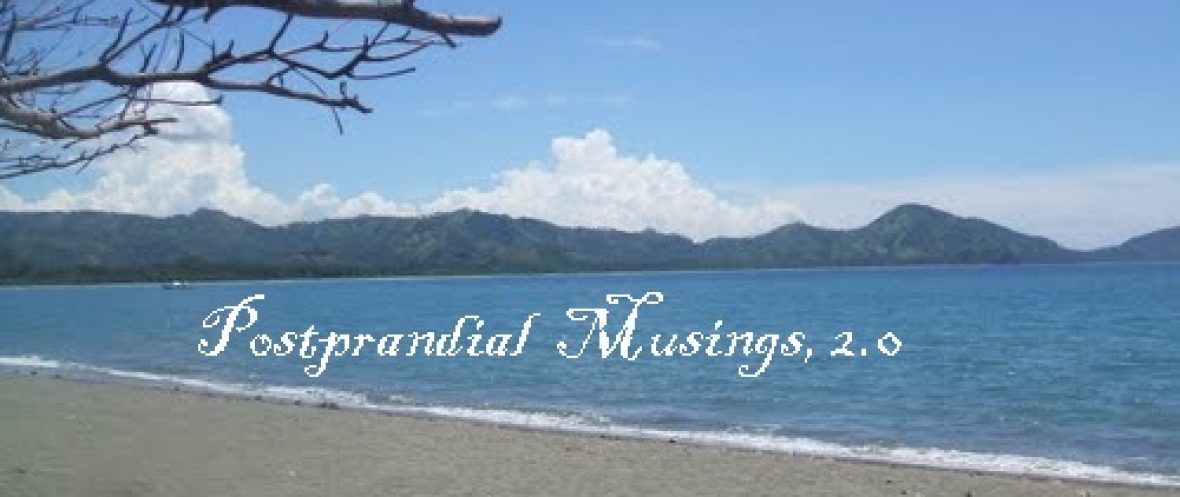JSAP Statement on Marcos’s Martial Law

We live in an era of Fake News, Alternative Facts and Historical Revisionism. As we remember September 21, 1972, the official date of the declaration of Martial Law, let us remind ourselves of the facts surrounding this dark period in our history. As educators and media practitioners, we ask our fellow Filipinos to be critical of how the government, the politicians and the media represent reality.
The date itself is an “alternative fact” as Ferdinand Marcos actually declared Martial Law publicly, on national TV, on September 23. It was only a year later, on Sept 18, 1973 that Marcos signed Proclamation No. 1185,which made September 21 National Thanksgiving Day, to commemorate the declaration of Martial Law.
The Journalism Studies Association of the Philippines (JSAP), Inc. the only SEC-registered organization of Journalism educators in the country, reminds the Filipino people that Martial Law, as exemplified during the Marcos regime, removes due process, suspends the writ of habeas corpus, curtails freedom of the press, speech, information and expression. Thus, JSAP calls on the people to always be vigilant against Martial Law or authoritarian powers and to constantly strive to keep Freedom alive.
There are some people who make extravagant claims that during Marcos’s Martial Law, nobody was killed or even imprisoned for political reasons. Quite unbelievably, there are many who believe such lies. Perhaps they were too young at that time, or not even born yet or simply too ignorant to know better. But the facts are there for all to see.
The Task Force Detainees of the Philippines (TFDP), a national human rights organization formed in 1974, documented 5,341 torture cases, 2,537 salvage victims and 783 desapericidos(forced disappearances) under the Marcos regime.

Alfred W. McCoy, a professor of history at the University of Wisconsin-Madison wrote two books on Marcos’s Martial Law victims. In Policing America’s Empire (2009), McCoy wrote: “Under Marcos military murder was the apex of a pyramid of terror with 3,257 killed, an estimated 35,000 tortured, and some 70,000 arrested.” (p.403)
These numbers do not include the deaths of tens of thousands of unarmed Moros – men, women and children – massacred by the Philippine military, and their exodus from their homeland to Luzon, Visayas and the more than 500,000 who fled to Sabah.
In 1994, more than 9,000 Human Rights victims filed a class suit against the Marcos estate. The court in Hawaii awarded them $2 billion (almost P90 billion).
President Noynoy Aquino signed RA 10386or the Human Rights Victims Reparation and Recognition Act for victims of human rights abuses during the Marcos regime. By 2015, some 75,730 people had already filed claims as Human Rights Violations Victims of Marcos’s Martial Law regime.
The facts are clearly documented in books, newspapers, television reports. magazines, journals, and court cases. The people are there – claiming reparations and recognition as well as filing suits. And there are thousands who are still living who were imprisoned and tortured by the regime. The numerous graves of Martial Law victims are scattered all over the country.
As Journalism educators, we must teach our students to know and check the facts so when the time comes for them to write or interview people, they know what to ask, and they can determine if they are being fed truths or half-truths or untruths.
Philippine history has always been problematic. History is written by the victors. For 350 years, Philippine history was really the history of Spaniards in the Philippines. And for about 50 years, America re-wrote Philippine history. Marcos wrote his own book on Philippine history, albeit ghostwritten by a team of writers and researchers.
Today’s news and stories become tomorrow’s history. Marcos’s allies, disciples and nuclear family members have regained their positions and power. And they are re-constructing history. Burying Marcos at the Libingan ng mgaBayani and declaring September 11 as Marcos Day in Ilocos Norte are insults to all the victims of Martial Law.
As journalism educators, we call on today’s news reporters, storytellers, writers, bloggers, actors, media players, and students to respect Truth and Facts.
JSAP calls on our Journalism colleagues in the academe and in the industry to impart facts and truths to their audiences and students and to practice critical thinking since what we do today becomes tomorrow’s history. If we insist on inventing history, the future would be difficult to navigate since we would be relying on past information that is false and misleading.
Journalism Studies Association of the Philippines, Inc
September 21, 2021
================================================
References:
Balay Statement: We refuse to forget martial law https://www.manilatimes.net/2016/04/12/featured-columns/columnists/3257-fact-checking-the-marcos-killings-1975-1985/255735?fbclid=IwAR266K80ZnLwwLVezQ5dJ3W7iP9KfO8i33shkDiDzS_1JvqPR8uUnXxh-nQ
https://l.facebook.com/l.php?u=https%3A%2F%2Fbalayph.net%2Fnews-events%2Ffeatures-and-articles%2F215-balay-statement-we-refuse-to-forget-martial-law%3Ffbclid%3DIwAR1YU7IvjBmjemoYi-8qAZ_iSNG9wCEWDpLWLN0rB8_ULWtV9RomrrunYeU&h=AT3U0dggGLvx4o0ytBU5vJthpk6E7gVVxycAnrINWPpUVixIBjS49VaHf1fd6xMdJOatAH8rsmbDuNQFWDV7BELwWTYrj8VIMvNPctFpNv498vj4e4MfSQqt483hPRCRfto Declaration of Martial Law
https://books.google.com.ph/books/about/Policing_America_s_Empire.html?id=QYj6WUGsRuEC&redir_esc=y




